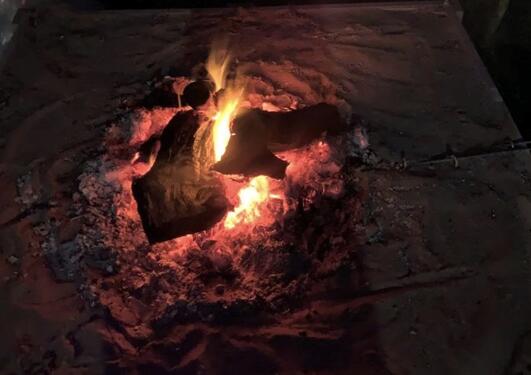Symbols and innovation
Our goal at SapienCE is to understand when humans in the past started to behave like we do today. When did they start to think like us, and when did their culture and social structures become comparable to ours?

Main content
To explore these questions, we can look to the materials that humans left behind, and through these, we can start to understand the lives that they led. The study of these materials, also called artefacts, is the core of archaeology, and is what we at SapienCE do as part of the Material Cultural Analysis focus group.
Cultural innovations
The artefacts that were left at archaeological sites play an essential role in investigating the lives of humans in the past. Studying these materials in different ways allows researchers to document when specific key cultural innovations were established within a certain region, and how they evolved and subsequently spread. Through this, we can infer the prerequisites for these innovations, under what conditions they emerged, and ultimately how they impacted the cultural evolution of humans.
Unlocking the past
After artefacts are excavated at archaeological sites, certain laboratory analyses are used to document technological practices, and provide important information on the development of these practices over time. Dedicated methodologies are being applied by specialists to each artefact category (lithics, bone tools, modified shell, pigments, engravings on bone, ostrich eggshell, etc.). The aim is to reach an integrated and comprehensive picture of how humans behaved in the past and how these behaviours were impacted by other factors, such as climate and environment.
Cutting edge technology
The chaîne opératoire (chain of operation) approach is used to analyse technological processes and provide insight into the dynamic behavioural and cognitive processes of the artefact makers. This is an interpretive method that accounts for all aspects of an artefact’s life-cycle, including raw material procurement, processing, use and disposal. Other analytical techniques such as X-ray fluorescence (XRF), Fourier-transform infrared spectroscopy (FT-IR), micro-X-ray diffraction (µXRD), micro-Raman spectroscopy, scanning electron microscopy (SEM), 3D laser-scanning, and multi-focus and confocal microscopy are all being used to further investigate artefacts. These tests are being conducted at the University of Bergen, the University of Bordeaux, at the University of the Witwatersrand and at our satellite laboratory in Cape Town. Through these multi-scalar and interdisciplinary approaches, we can gain a more detailed picture into the past lifeways of our early human ancestors.





